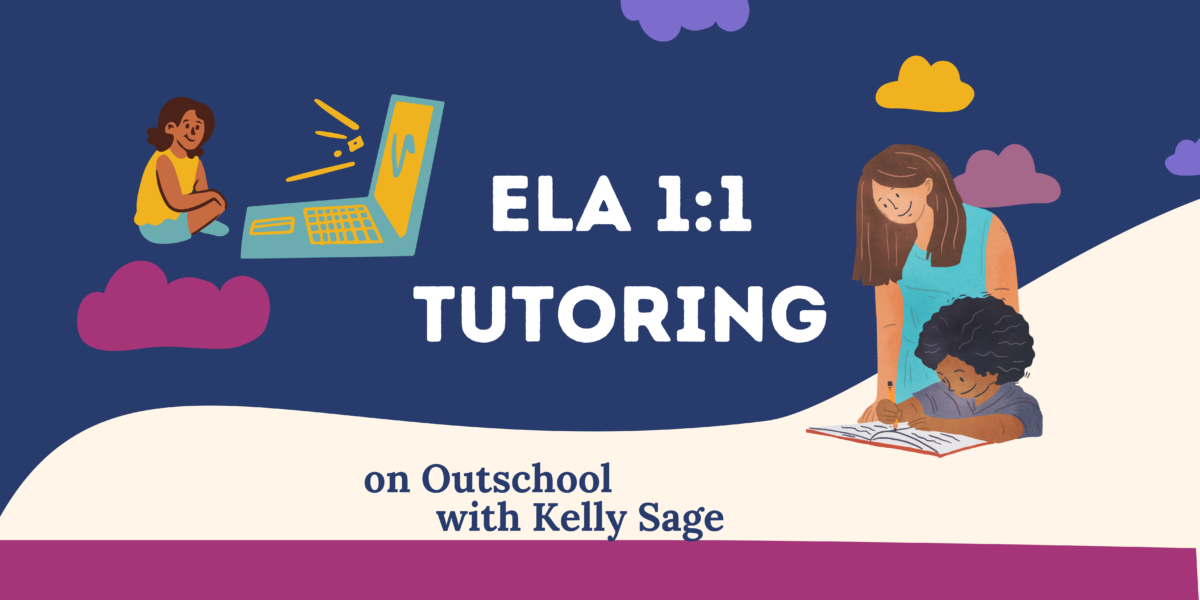Disclosure- Links in this post may be affiliate links. If you click through and make a purchase, I earn a commission at no additional cost to you. Unless noted, if I am reviewing a product, I have been compensated for my time. I write honest reviews. They are not required to be positive. I only recommend the resources we love and use.

When we started homeschooling, science was one of the subjects I was worried about helping my kiddos learn, but I have grown to love creating science unit studies so much. I always learn a lot too!
Over the years, we’ve used several different types of resources for science. We’ve loved BookShark, Think Outside, and Kiwi Co crates. We’ve created units on cooking, spent many afternoons hiking, and deep-dived into all types of things my kids were interested in learning.
Magic School Bus, National Geographic, science museums, the library, and nature tend to be our go-to resources.
Here are three ways I’ve found help to create awesome science unit studies.
3 Steps to Creating Science Unit Studies

1. Choose Your Topic
I recommend talking to your kids about what they are interested in learning. If they aren’t sure, go to the library and have them look around the science section. You can always check out a stack of books and see what catches interest.
Brainstorm a list of things they are interested in, and you could learn about. Once you have a list, see if any of their interests can be combined.
If your kids are interested in animals, maybe a zoology unit, a study on birds you find in your yard, or deep diving into the science of dogs and cats could be fun.
Do your kids love rocks? Look for books and resources to create a geology unit.
Do they love to cook? You can grab cookbooks and resources to do edible chemistry.
How about building? Look for physics projects.

2. Start Gathering Materials
I’ve found that using store-bought kits or curriculums makes the most sense for some unit studies. For example, KiwiCo has wonderful chemistry kits, and BookShark has a little bit of everything. For other units, we simply need to step outdoors.
You can always search through your house too. A lot of basic science ingredients and supplies are everyday household objects.
A microscope is probably the supply we’ve used most throughout the years. Last year we were introduced to microscopes from Uhandy, which I can’t recommend enough, and we’ll be using them again this year.

3. Look for Field Trips
Hands-on Science is so important! Start looking around your area for different places you can visit to introduce, enhance, or appreciate the things your kids will be learning. Many science museums have classes for homeschoolers and families.
Awesome! You have a topic, materials, and places to learn. Now what?
Dive in!
Embrace the philosophy of Miss Frizzle, “Take chances, make mistakes, get messy!”
You do not need to create worksheets or tests or make things more complicated than they need to be. Learn for the sake of learning. Get curious. Ask questions, find answers. Play games. Explore.
I’ve found our unit studies usually take more time than we expect they will because we find rabbit holes to climb down. I also find planning one unit study at a time works best for us. You don’t have to have the whole year planned out.
I’ve also found that sometimes the unit study turns into a year-long study, and that’s great too!
What science unit studies would you and your homeschoolers love to create?
























